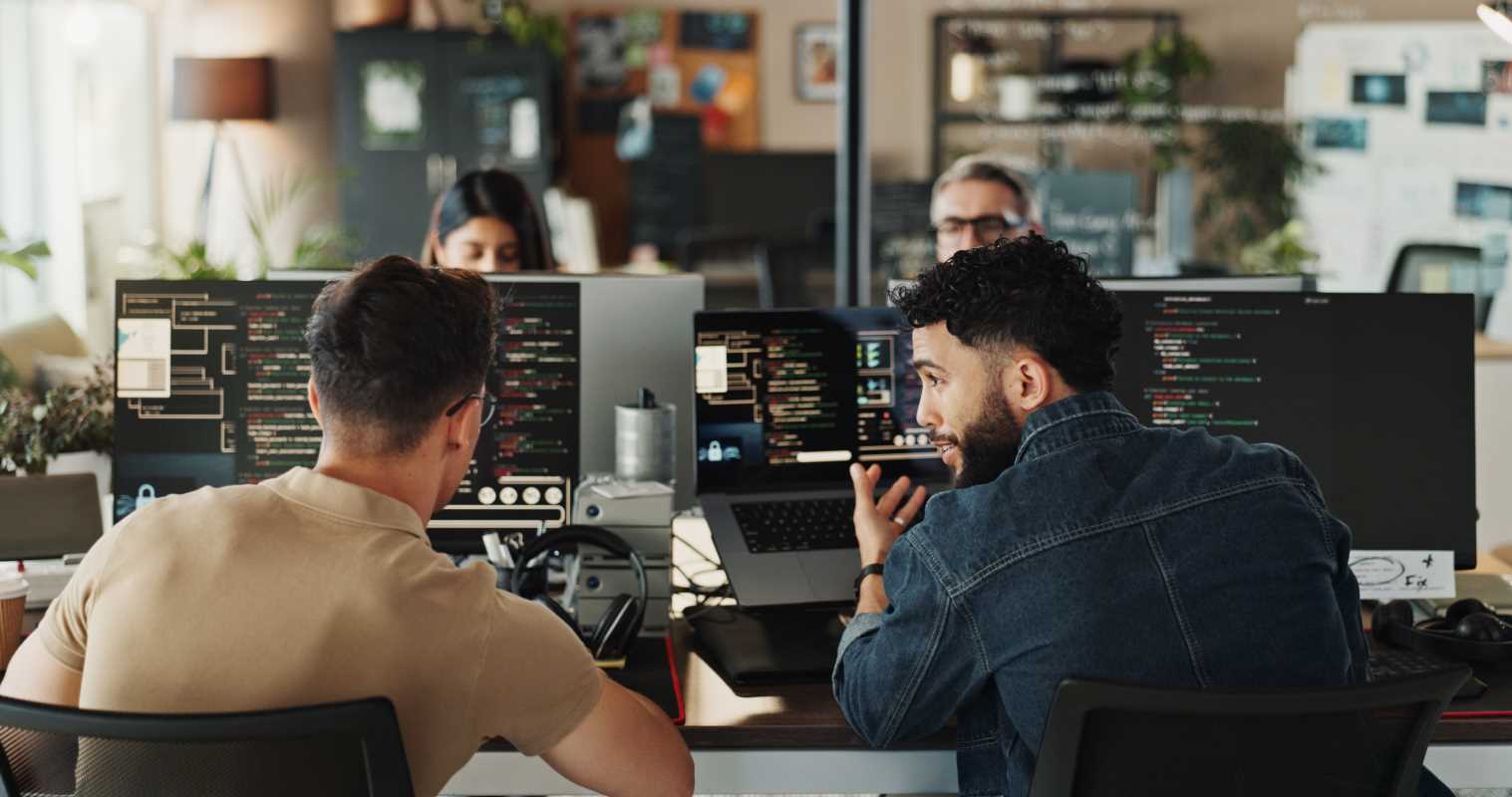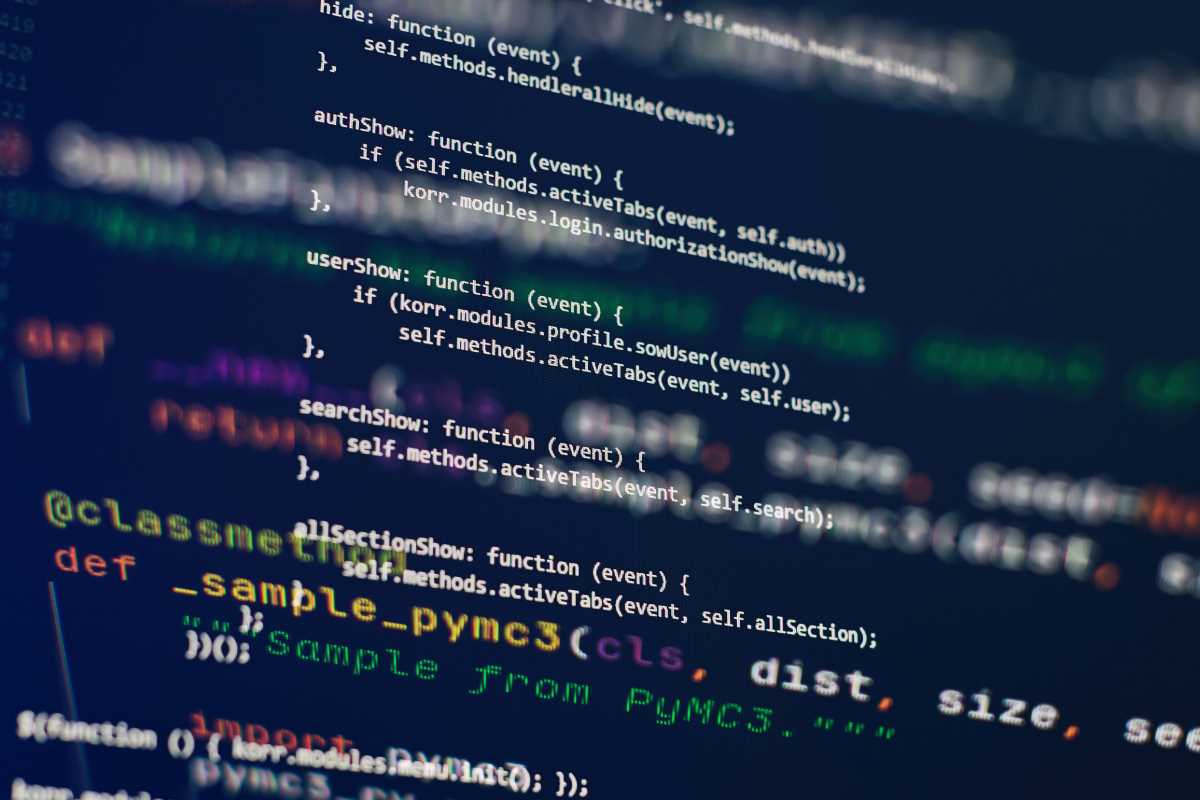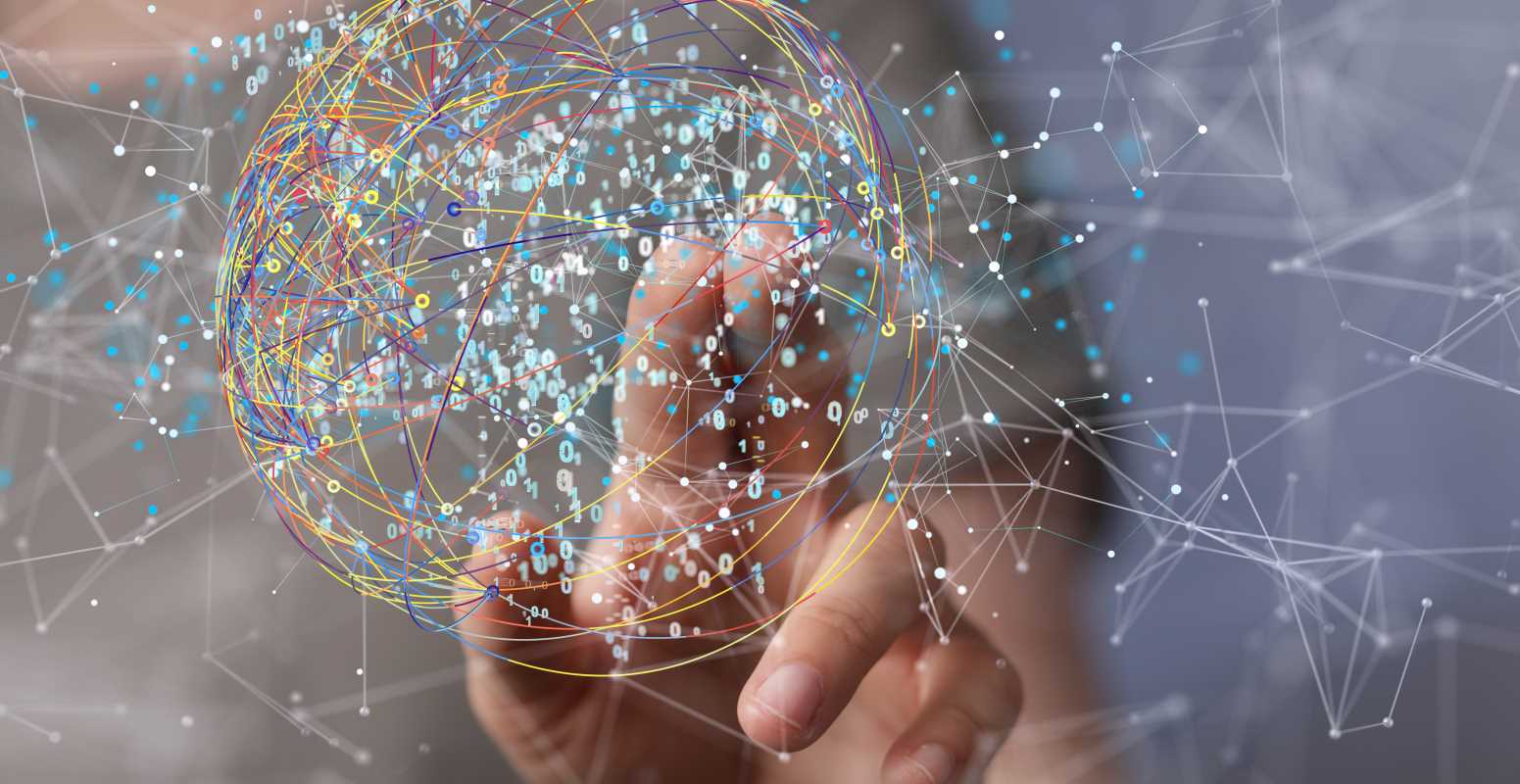Software development teams work hard to maintain high code quality and strong performance, even as deadlines approach. Developers and team leaders look for practical solutions that allow them to review code thoroughly while keeping projects on schedule. Simple shifts in the review process can lead to noticeable improvements in both accuracy and turnaround time.
New tools and techniques make it possible to solve long-standing issues that have slowed progress. Evolving methods not only reduce manual errors but also give teams the ability to focus on crafting creative solutions instead of getting bogged down in repetitive tasks.
Challenges of Manual Code Reviews
Manual code reviews often cause delays and inconsistent results. Each review takes a lot of focus, and minor issues can extend the process, ultimately delaying project timelines. Time-consuming approaches leave little room for deep dives into complex problems, creating gaps that might lead to overlooked bugs.
Traditional systems also struggle to keep reviews consistent. Team members might disagree on coding standards, and the lack of standardized feedback often leads to reworks. Common issues include:
- Slower turnaround as manual reviews take time.
- Difficulty in spotting subtle errors amidst complex code.
- Overburdened staff juggling multiple priorities.
- Different interpretations of what constitutes good coding practices.
- Inefficient use of reviewer time due to repetitive checks.
How AI-Powered Code Review Tools Work
Artificial intelligence changes how code reviews work by automating routine tasks and providing insightful analysis. These tools scan through lines of code quickly, making sure common mistakes are flagged immediately and suggestions match established standards. Developers feel more energized when mundane tasks are automated and left to algorithms.
Looking into these tools reveals many features designed to support developers. Key features include the following:
- Real-time scanning of code to detect syntax and logical errors.
- Automated feedback on style and adherence to coding guidelines.
- Suggestions that understand the project’s framework.
- Easy integration with existing version control and collaboration platforms.
- Learning capabilities that adapt recommendations based on past data.
How AI Speeds Up Software Development Cycles
Platforms driven by AI make the software lifecycle smoother by removing bottlenecks often seen in manual review processes. They analyze changes continuously, provide instant analysis, and highlight necessary fixes, which speeds up iterations and shortens development times. Teams work faster and more confidently thanks to quick and accurate feedback.
These tools also lessen the mental load on developers, allowing more time for innovation instead of repetitive error checking. With faster cycles, projects become more agile and gain a stronger edge in the quickly changing tech world.
Best Practices for Adding AI to Your Workflow
Introducing AI into your workflow calls for careful planning and steady adjustment. Start with a pilot program to evaluate how well the tool performs and ensure it integrates smoothly with your current processes. Begin in a controlled environment, testing on less critical parts of the project before expanding its use.
Effective integration requires setting clear benchmarks and regularly reviewing the tool’s performance and its effect on project timelines. Encourage team members to share their experiences and adapt best practices that promote both efficiency and confidence when using these tools.
Boosting Collaboration and Growth with AI-Driven Reviews
When AI helps with code reviews, teamwork becomes more dynamic because it offers objective insights that lead to meaningful discussions. Teams can compare manual assessments with AI suggestions, deepening their understanding of coding practices. Open feedback sessions enable everyone to share their discoveries and improve their code efficiently.
Successful collaborative environments often include mechanisms for sharing knowledge and regular interactions among developers. Consider these approaches to strengthen cooperation and promote shared learning:
- Hold regular meetings to discuss AI-generated review results.
- Organize informal sessions where team members analyze challenging code segments together.
- Create a shared repository of lessons learned from AI feedback, encouraging collective improvement.
- Encourage team members to work in pairs when implementing suggestions, mixing experience levels.
These practices help build a culture where technology and teamwork bring out the best in development projects. Using AI in daily routines creates a structure to measure progress and adapt quickly while fostering a supportive environment.
Adding AI isn’t just about reducing errors or speeding up reviews; it’s about maintaining a constant focus on quality and ongoing learning across the team.
Changes in software review processes today point to an exciting future where innovation and collaboration go hand in hand. By applying these insights, teams see quick improvements in efficiency and overall project success.
Smart tools speed up development and set the stage for future innovation and progress.
 (Image via
(Image via





